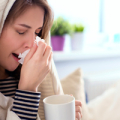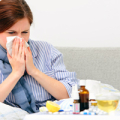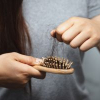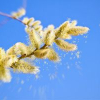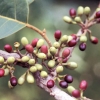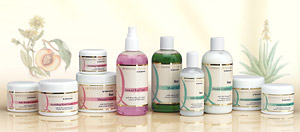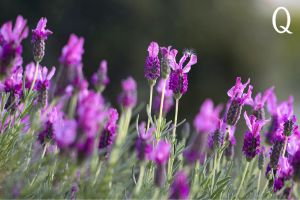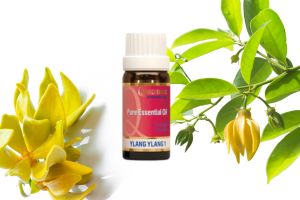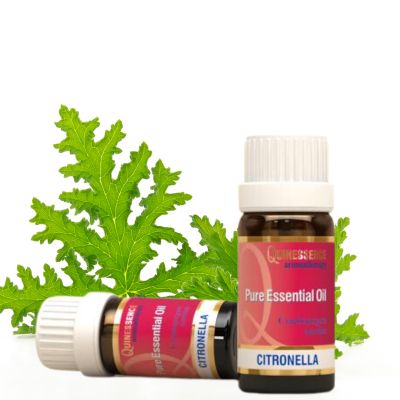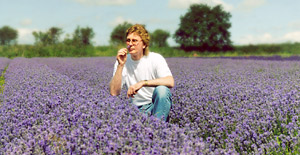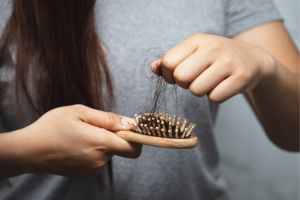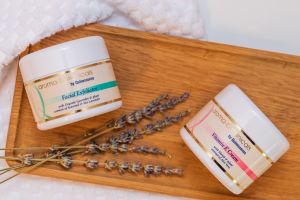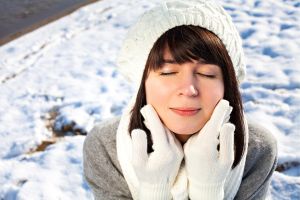The Benefits Of Aromatherapy In Childhood Cancer
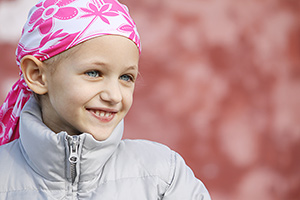 Aromatherapy is a complementary therapy to promote psychological and physical well-being as well as reducing the symptoms of a range of conditions. It is based on the use of concentrated essential plant oils. Essential oils are the pure essences which are found in herbs, flowers, grasses, roots, seeds, bark, berries and fruits. These are extracted mainly by steam or water distillation. There are about 400 essential oils but in general there are 40 which are commonly used.
Aromatherapy is a complementary therapy to promote psychological and physical well-being as well as reducing the symptoms of a range of conditions. It is based on the use of concentrated essential plant oils. Essential oils are the pure essences which are found in herbs, flowers, grasses, roots, seeds, bark, berries and fruits. These are extracted mainly by steam or water distillation. There are about 400 essential oils but in general there are 40 which are commonly used.
These essential oils consist of tiny aromatic chemicals which aid in a variety of health, hygiene and beauty conditions. People can benefit from them via massage, vaporisation, bathing and inhalation. The theory is that each essential oil has its own specific health benefits. Aromatherapy is also used in preventative medicine.
In aromatherapy the essential oils are absorbed through the skin and have gentle physiological effects. It is especially effective for a variety of chronic conditions as well as stress related problems. As the oils stimulate your sense of smell it is also thought that this process may play a part in the effects of aromatherapy.
Aromatherapy and Childhood Cancer
As with other complementary therapies, both children and their parents choose aromatherapy for a number of possible reasons:
The feeling that they are doing something pro-active to help themselves
- To reduce pain
- To manage anxiety
- To manage stress
- To improve well being
In the case of childhood cancer when children are receiving chemotherapy it is the nausea and vomiting which remain as two of the most distressing symptoms. As well as the chemotherapy itself the anticipatory anxiety is a big factor.
Aromatherapy has been anecdotally reported to decrease vomiting and nausea as well as anxiety while also increasing the quality of life of the patients.
Children can easily self administer depending on their age and the form of aromatherapy which also means that outside of a scheduled session the child or perhaps parent can administer the essential oils.
Research
1. A Nursing Times survey of nurses in relation to complementary medicine found that aromatherapy massage was overwhelmingly the most popular complementary therapy employed by nurses. The reasons for this are the demonstrable therapeutic benefits including the alleviation of anxiety, chronic tension headache, cancer pain in addition to reducing stress perceived by patients in intensive care units.
2. In 1993 a study took place with palliative patients for six months which comprised of 42 female and 27 male patients. None of them had previously had the treatment. The results revealed that 81% stated that they either felt ‘better’ or ‘very relaxed’ after their treatments. 25% reported that the benefits lasted for more than one day.
3. A study at a UK cancer centre to evaluate an aromatherapy service had 89 initial patients. The study required six aromatherapy sessions and 58 out of the 89 patients completed these. The authors of the study reported significant improvements in anxiety and depression measured by Hospital Anxiety and Depression Scale (HADS).
4. Another small study focused on the physical and psychological effects of aromatherapy massage on 8 patients with primary malignant brain tumours who were attending their first follow-up appointment after radiation therapy. Although the authors reported no psychological benefits but did report a statistically significant reduction in blood pressure, respiratory rate and pulse.
What Happens in an Aromatherapy Session?
Firstly the aromatherapist will ask you questions about your medical history as well as your general lifestyle and health. Through this the aromatherapist will be able to decide which essential oils are most appropriate for the client.
The chosen oils will then be combined with what is called carrier oil, normally vegetable oil, as the essential oils are very concentrated so it needs to be diluted. The aromatherapist will then massage the oils gently into your body. The session normally takes from 60 to 90 minutes. Most people find aromatherapy massage to be very relaxing and soothing.
A Brief History of Aromatherapy
Aromatic or essential oils have been used for thousands of years as treatments for a wide range of disorders, as well as stimulants and sedatives. Historically essential oils can be linked to the Bible as infused oils and unguents as well as ancient Egypt, as remedies throughout the Middle Ages and the Renaissance.
In the 20th century the French chemist and perfumer Rene Gattefosse coined the term ‘aromatherapy’ and published a book of that name in 1937. Gattefosse and his colleagues in Italy, Germany and France spent 30 years studying the effects of aromatherapy but then it went out of fashion around the middle of the twentieth century. It was another Frenchman, Jean Valnet who was a physician, who rediscovered it and he published his book The Practice of Aromatherapy in 1982.
Today aromatherapists publish their own journal, the International Journal of Essential Oil Therapeutics.
Copyright © Jackie De Burca 2011


